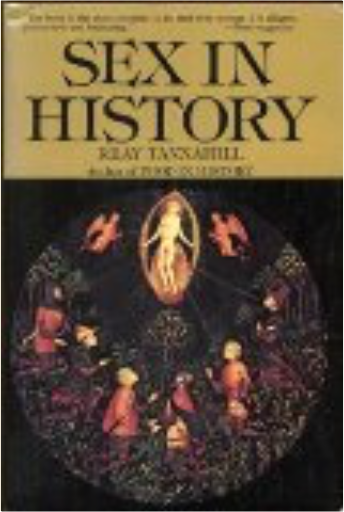 SEX IN HISTORY chronicles the pleasures- and perils- of the flesh from the time of mankind's distant ancestors to the modern day; from a sexual act which was bried, crude and purposeful, to the myriad varieties of contemporary sexual mores. Reay Tannahill's scholarly, yet accessible study ranges from the earliest form of contraception (one Egyptian concoction included crocodile dung) to some latter- day misconceptions about it- like the men who joined their lovers in taking the pill 'just to be on the safe side.' It surveys all manner of sexual practice, preference and position (the acrobatic 'wheelbarrow' position, the strenuous 'hovering butterflies' position...) and draws on souces as diverse as THE ADMIRABLE DISCOURSES OF THE PLAIN GIRL, the EXHIBTION OF FEMALE FLAGELLANTS, IMPORTANT MATTERS OF THE JADE CHAMBER and THE ROMANCE OF CHASTISEMENT. Whether writing on androgyny, courtly love, flagellation or zoophilia, Turkish eunuch's Greek dildoes, Taoist sex manuals or Japanses geisha girls, Reay Tannahill is consistently enlightening and entertaining. 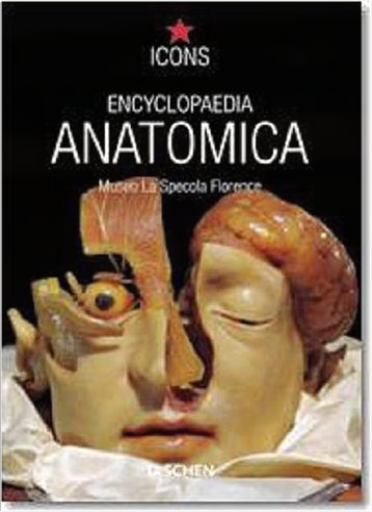 Gathering together photographs of stunningly realistic wax anatomies from Florence's Museo La Specola, "Encyclopedia Anatomica" is a revealing journey through the human body. Although reduced, the the most important views and studies from the original Taschen volume have all been included. 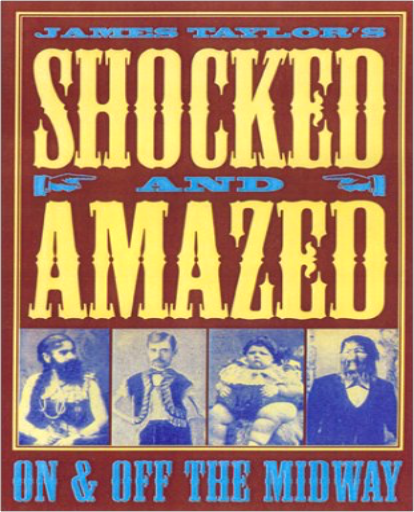 The planet's foremost sideshow authority takes you on an unforgettable tour. (SEE QUOTE.)  In his early thirties, Marcel Duchamp (18871968) convinced everyone that he had abandoned making art in favor of playing chess. But from 1946 to 1966, he was secretly at work in his studio on West 14th Street in New York City. There he produced his final masterpiece: Étant donnés: 1º la chute d'eau, 2º le gaz d’éclairage, composed of a battered wood door through which one views a prone, nude female, holding aloft an antique gas lamp against a landscape of trees, waterfall, and sky. Unveiled as a permanent installation at the Philadelphia Museum of Art in July 1969, the year after Duchamp’s death, it startled the art world with its explicit eroticism and voyeurism, as well as its trompe l’oeil realism. Since its public debut, Étant donnés has been recognized as one of the most important and enigmatic works of the 20th century.  An inquiry into emergent media’s rich lineage, Devices of Wonder explores the artful machines humans have used to augment visual perception. |  Witchcraft, astrology, divination and every kind of popular magic flourished in England during the sixteenth and seventeenth centuries, from the belief that a blessed amulet could prevent the assaults of the Devil to the use of the same charms to recover stolen goods. At the same time the Protestant Reformation attempted to take the magic out of religion, and scientists were developing new explanations of the universe. Keith Thomas's classic analysis of beliefs held on every level of English society begins with the collapse of the medieval Church and ends with the changing intellectual atmosphere around 1700, when science and rationalism began to challenge the older systems of belief. 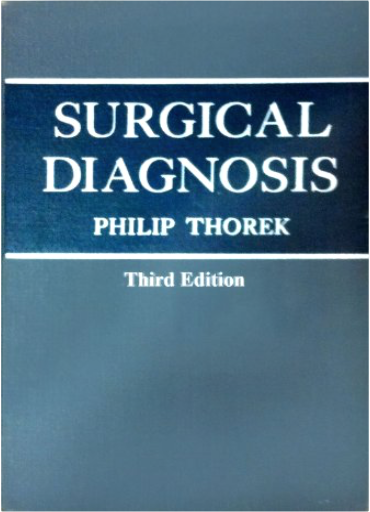 Topics include: •HEAD •THE ORAL CAVITY •NECK •CHEST •THE BREAST •ESOPHAGOGASTRO-INTESTINAL TRACT •LIVER, GALLBLADDER & BILE DUCTS •PANCREAS •SPLEEN •HERNIA •GENITO-URINARY CONDITIONS •GYNECOLOGIC CONDITIONS •ABDOMINAL INJURIES •SUPERIOR EXTREMITY: THE HAND •INFERIOR EXTREMITY: VARICOSE VEINS  Till, Wolfgang: Puppentheater. Bilder, Figuren, Dokumente im Münchner Stadtmuseum. München, C. Wolf, 1986. Ca. 27 x 21 cm. 200 Seiten. Mit zahlreichen Abbildungen. Illustrierter Orig.-Pappband. Gutes Exemplar.  Examining the compelling and often poignant connection between women and the material culture of death, this collection focuses on the objects women make, the images they keep, the practices they use or are responsible for, and the places they inhabit and construct through ritual and custom. Women's material practices, ranging from wearing mourning jewelry to dressing the dead, stitching memorial samplers to constructing skull boxes, collecting funeral programs to collecting and studying diseased hearts, making and collecting taxidermies, and making sculptures honoring the death, are explored in this collection as well as women's affective responses and sentimental labor that mark their expected and unexpected participation in the social practices surrounding death and the dead. The largely invisible work involved in commemorating and constructing narratives and memorials about the dead—from family members and friends to national figures—calls attention to the role women as memory keepers for families, local communities, and the nation. Women have tended to work collaboratively, making, collecting, and sharing objects that conveyed sentiments about the deceased, whether human or animal, as well as the identity of mourners. Death is about loss, and many of the mourning practices that women have traditionally and are currently engaged in are about dealing with private grief and public loss as well as working to mitigate the more general anxiety that death engenders about the impermanence of life.  Charles Darwin (1809-82) changed forever the way we understand ourselves and our place in the world. In 1831, at the age of 22, he sailed aboard the HMS Beagle to South America to study local flora, fauna and geography. In th isolated Galapagos Islands he discovered the unique species and fossils that led to his theory of natural selection and eventually to his book On the Origin of Species (1859). This celebrated volume laid the foundation for modern evolutionary scienced and sparked an impassioned debate on the origins of manking that pitted secular science against traditional religious dogma. In 1871, already embroiled in controversy, he published The Descent of Man, which demonstrated the shared biological ancestry of the human race and apes. Once again, Darwin's heretical ideas contradicted the religious tradition that distinguished between human beings and animals and created a firestorm of criticism and praise. Part biography, part history of science, part social documentary, this book takes readers along on Darwin's fantastic voyages of discovery. |

Morbid Anatomy Museum
Collection Total:
1,253 Items
1,253 Items
Last Updated:
Jan 26, 2016
Jan 26, 2016





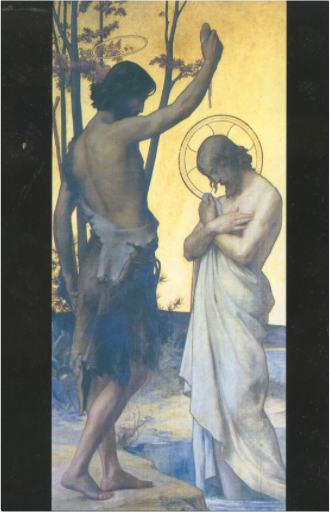
 Made with Delicious Library
Made with Delicious Library